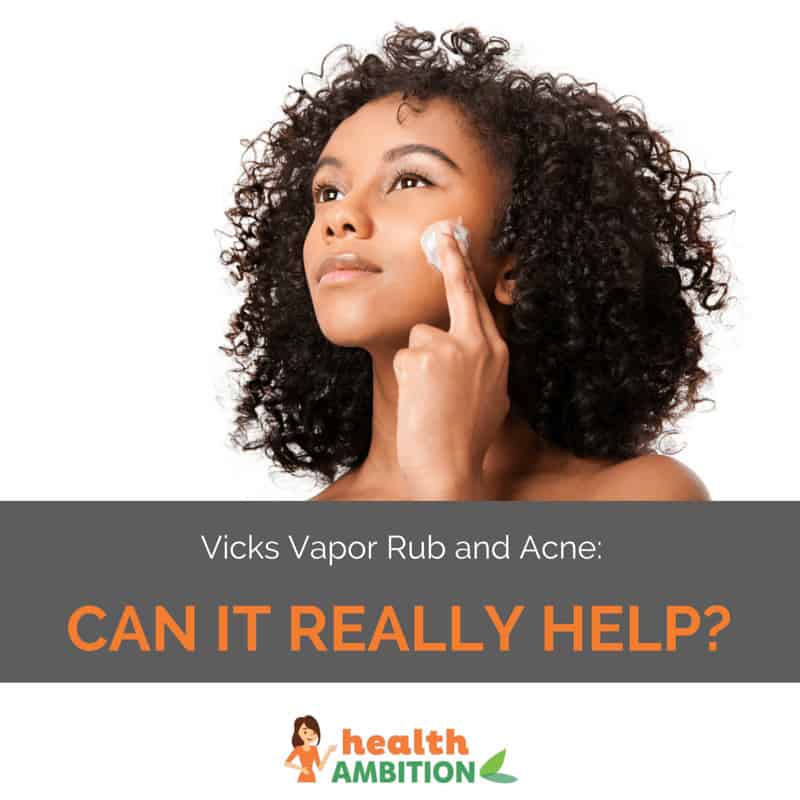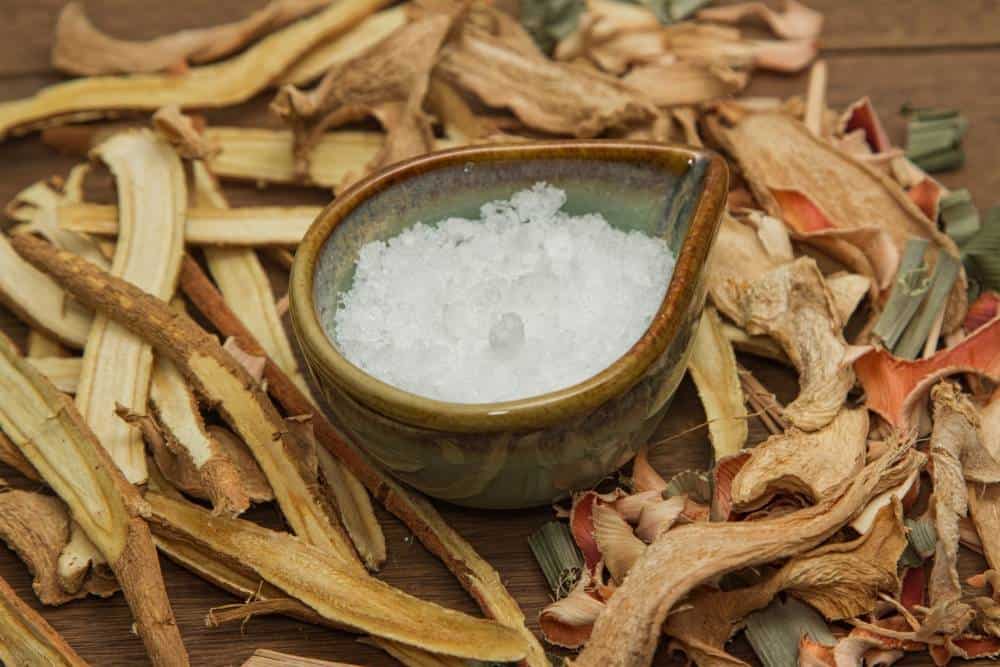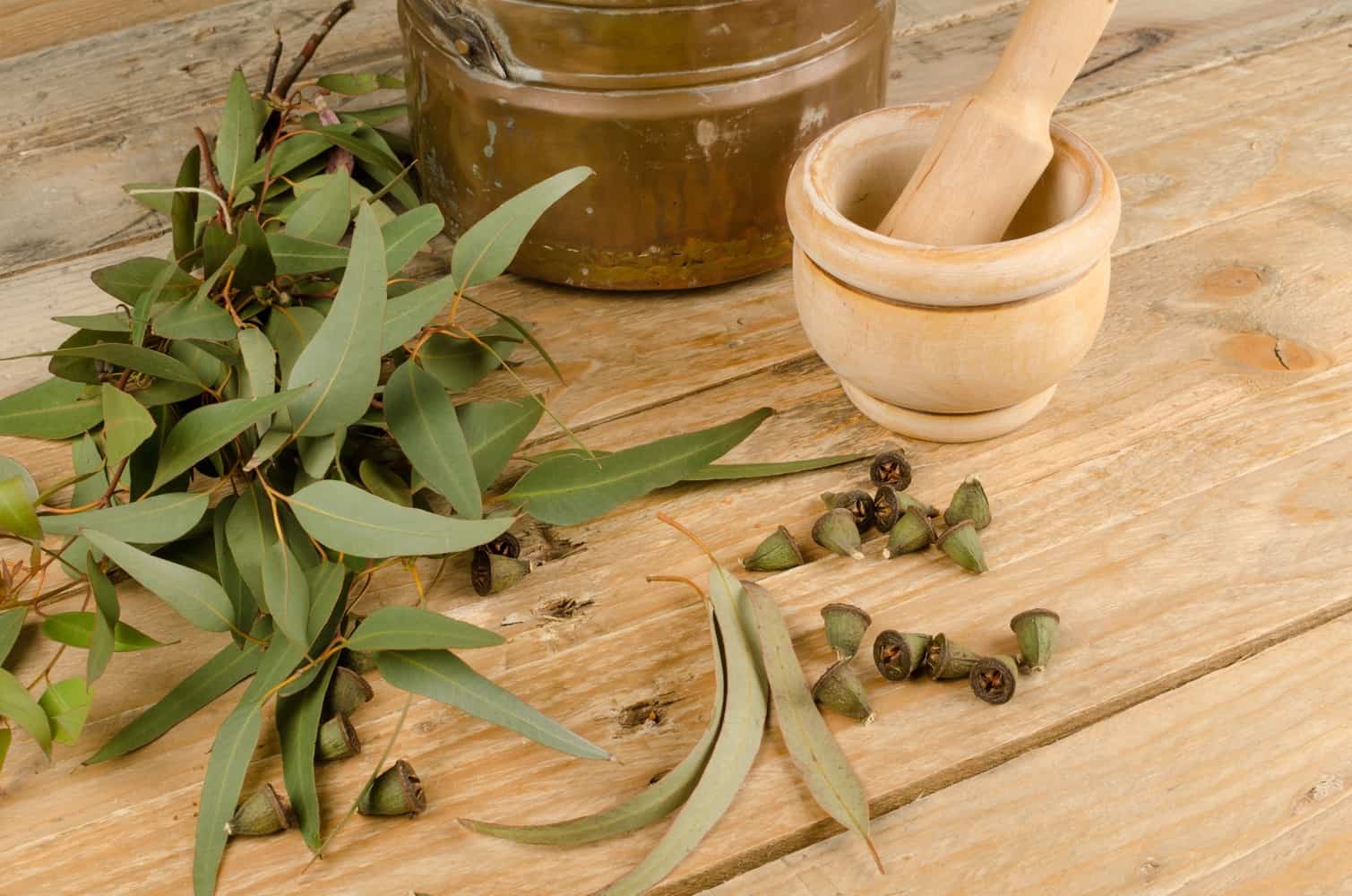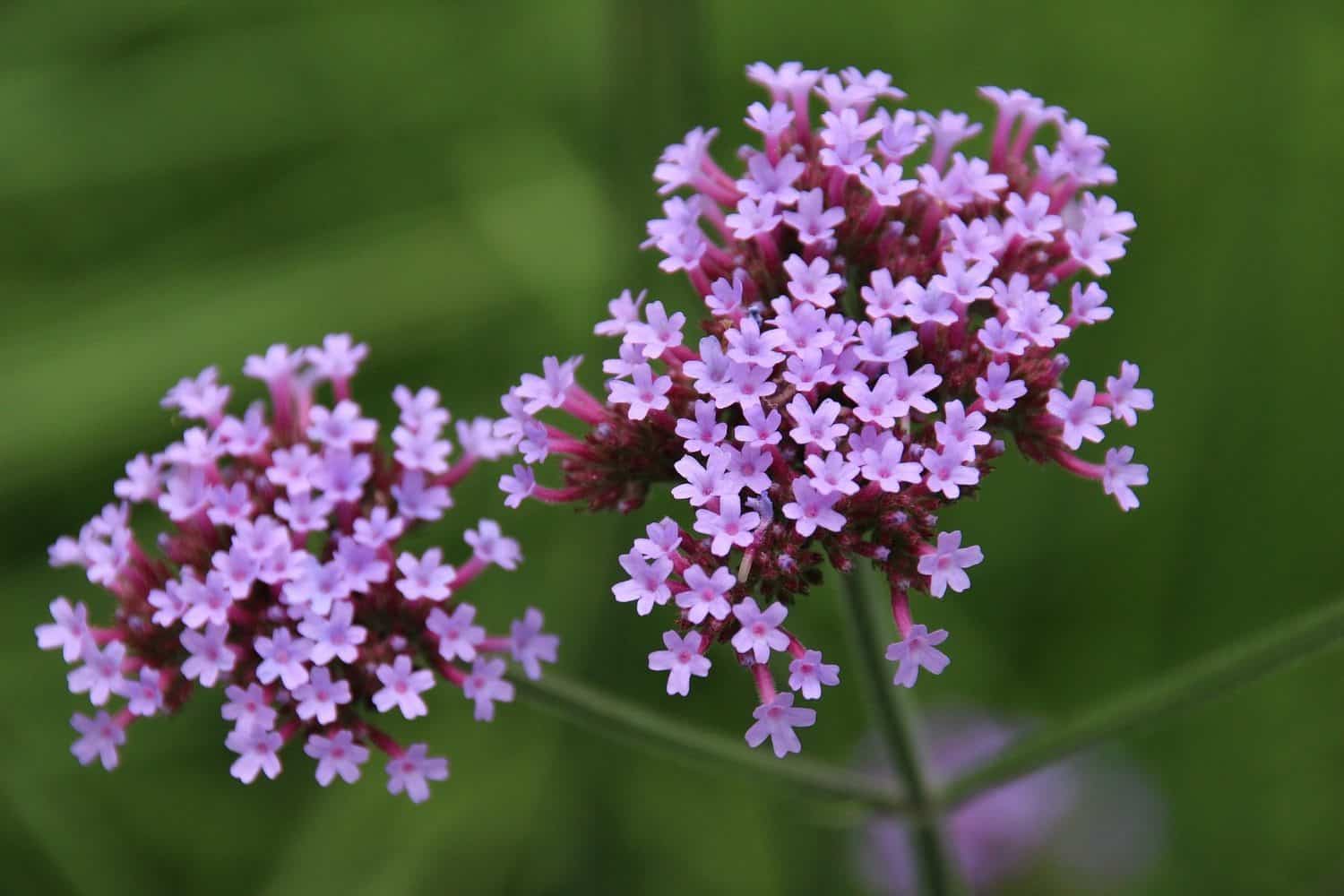
Do you remember being a teenager when you couldn’t wait to grow out of your pimple-riddled skin? I certainly do. Unfortunately, it wasn’t as simple as growing up for me, and I’d imagine it wasn’t for you, either.
Acne is embarrassing and uncomfortable at any age, and it’s hard to feel good about yourself when your exterior doesn’t reflect the beauty within. Even if you’ve never suffered from severe acne, I bet you’ve been embarrassed by a big, ugly pimple in an obvious or downright painful location.
If you’ve scoured the web looking for a miracle cure, you may have come across people who swear by Vicks Vapor Rub for acne as I did when I went looking for a fast fix. But, does it work? Let’s explore that.
What People Are Saying About Vicks Vapor Rub and Acne
I found plenty of forum advisors and even health and beauty bloggers who talk about using Vicks to cure their acne, with a particular focus on cystic acne. Many maintain that since a few of the ingredients in Vapor Rub are popular home remedies for acne, it’s bound to work miracles.
There are several testimonials online about how well it works, like this blog post, but does Vicks really work on zits?
What Causes Acne?
Acne is caused by a variety of factors. The main culprits include hormonal changes and a build-up of oil, dead skin cells and bacteria in the hair follicles.
When a pore gets clogged with oil, dead skin cells, and other foreign matter, a plug forms and creates an environment inside the hair follicle where bacteria thrive. The bacteria cause inflammation and the dreaded comedones (blackheads and whiteheads).
How People Are Using Vicks Vapor Rub for Acne?
Proponents of the “Vicks kills acne” theory recommend using it as a sort of emergency zit remover when a pimple pops up inconveniently and unexpectedly.
Dab a small amount of Vicks onto the skin and leave it for a few hours. It’s said to reduce the swelling and redness of pimples, causing them to disappear within a couple days or even overnight.
Vicks Vapor Rub Ingredients
Since people on the internet make all sorts of crazy claims with no scientific proof to back them up, it’s important for us to do our own research and use credible sources to make informed decisions.
To find out if Vicks Vapor Rub is really a miracle cure for acne, let’s look into each ingredient individually. Luckily the Vicks formula is fairly uncomplicated so this won’t take long. Do some ingredients in Vicks Vapor Rub have the potential to be effective? More importantly, is this product safe to use for the treatment of acne?
1. Camphor
Camphor is a strong scented, white, waxy substance often used topically and in aromatherapy to treat coughs. It’s also directly applied to the skin to provide relief from skin irritations and fungal infections.

Camphor should not be ingested or used on broken skin due to potential toxicity. This implies that you should not use Vicks Vapor Rub on acne that has already been popped. Due to its anti-inflammatory and antifungal properties, it makes sense that camphor could be used to treat acne.
2. Eucalyptus
Eucalyptus is not just for koalas! Eucalyptus oil is frequently used to treat bronchitis and as an antibacterial agent in natural remedies, so I could certainly see how it would be effective in treating acne. Though pure eucalyptus oil can cause skin issues, it’s fine for topical use when diluted as in Vicks Vapor Rub.

3. Menthol
Used frequently in many different kinds of products, menthol is a substance derived from mint plants which is thought to have pain relief, anti-inflammatory, and soothing properties. It is often used in the home treatment of coughs, colds, sunburns, and general skin irritation.

It is also said to aid other compounds in penetrating the skin. In combination with its other properties, this seems to be a logical ingredient when it comes to treating acne.
4. Cedar Leaf Oil
This essential oil is frequently used in the treatment of rashes and acne. It is thought to regulate the production of sebum – the natural skin oil that contributes to acne formation.

Cedar leaf oil also has the potential to be extremely toxic. Though it is listed as an inactive ingredient in Vicks, cedar leaf oil is thought to soothe coughs and colds as well.
5. Nutmeg Oil
Another inactive ingredient in Vapor Rub is, nutmeg oil. It’s created by steam distilling the ground seeds of the nutmeg fruit.

Like many of the other ingredients, nutmeg oil has anti-inflammatory and bactericidal properties. It is said to help improve the overall look of skin, clear up acne, and diminish scarring caused by acne when incorporated into a skin care regimen.
6. Petrolatum
As far as acne treatment goes, this singular ingredient seems the most counterintuitive to me. Essentially the glue that holds all the other elements of Vicks Vapor Rub together, petrolatum is said to worsen acne.

Petrolatum has a high rating on the comedogenic scale – meaning it blocks pores. It’s also linked to premature skin aging since it doesn’t allow air to reach the skin. Those are not properties you likely look for in a skin care product (I certainly don’t!).
7. Thymol
Thymol is a component broken down from several different plants. It’s known widely as an antimicrobial agent, in a classification commonly known as a “biocide”.

Thymol’s use as a natural antiseptic makes it an instant hit in terms of home acne remedies in combination with other ingredients. Since it has a low risk of toxicity, I’d say it could be an ideal solution to acne problems.
8. Turpentine Oil
I’ll be honest with you – I was a little weirded out by the use of turpentine in a product intended to be used on skin. When I think of turpentine, I think of its more home improvement-esque applications than I do health and beauty. Paint solvent doesn’t sound like a good idea for sensitive facial skin.

As it turns out, I found that turpentine oil seems to be safe for skin application on a small scale and is commonly used for topical pain relief.
Are Any of These Ingredients Proven Effective in Treating Acne?
Your skin actually needs some of certain types of bacteria in order to maintain itself, but certain types of bacteria that form colonies in the wrong places (like your hair follicles) can cause problems. Based on its composition, Vicks seems to be an effective means of helping your immune system’s natural response to dial back the size of those bacteria colonies when they get out of control, causing a pimple to form.
Many of the ingredients in Vicks Vapor Rub are used by essential oil enthusiasts to treat acne. The properties of these ingredients seem to make them ideal for acne treatment, if you put aside the petrolatum.
Though Vicks can’t address the hormonal causes of acne, its antibacterial properties can help to eliminate acne-causing bacteria. Menthol also helps carry the other antimicrobials through the skin’s layers to get to the infection.
Could Any of These Ingredients Be Harmful If Used in This Way?
Several of these ingredients have the potential to be harmful if they are used improperly, as is the case with so many natural ingredients.
Once again, ensure that you don’t use Vicks Vapor Rub for acne that has broken the skin and be careful of all mucus membranes (lips, nostrils, mouth, etc).

It is important to remember that everyone’s skin is different, and even from day to day your skin can react differently to a tried and true product.
Your skin might not appreciate one of the components of Vicks or the product as a whole, particularly your facial skin, even if you’ve used the product before. If you have ever had an allergy or sensitivity to any of these ingredients, it’s probably not a good idea to try this.
Proscribed Uses for Vicks Vapor Rub
The label for Vicks states that it is for use in treating cough and cold symptoms. It’s also suitable for the short-term relief of minor muscle and joint aches and pains. However, if you spend much time on the internet at all you’ve likely come across some sort of list or video depicting several unknown uses for the minty balm.
The fact that Vicks is deemed safe for topical use implies that it is safe for acne treatment, so long as you follow the manufacturer’s recommendations for application. If in doubt, check with your doctor or pharmacist before giving it a try.
Long Term Use Disclaimer
A few of the ingredients in Vicks Vapor Rub (cedar leaf oil, nutmeg oil, and camphor) are not recommended for long term use due to potential toxicity and severe skin irritation. If you have particularly sensitive skin, I’d suggest being even more cautious of application of Vicks Vapor Rub for acne.
For safety’s sake and for your skin’s sake, I certainly don’t suggest a prolonged course of this home remedy since so many of the ingredients are quite harsh.
Traditional Acne Treatments
Traditionally recommended acne treatments include washing with specialized gentle cleansers two to three times a day, oral medications, topical spot treatments, and visits to the dermatologist’s office.

Despite the efficacy of this product, I wouldn’t suggest using Vicks Vapor Rub for acne in lieu of your regular skin care regimen. Keeping the skin clear of bacteria, oil build-up, and dirt and debris is still crucial in treating and preventing acne breakouts.
Most Important of All, Is It Safe?
While off-label uses for over the counter medication isn’t something I would normally condone without a doctor’s endorsement, the whole breakdown of ingredients in Vicks is safe for topical use, barring certain warnings.
Make sure you don’t use the product on broken skin, and be careful about using it around your eyes. Since inhaling oil based products can cause breathing and lung issues, be sure to think twice when applying it around your mouth and nose, as well.
My Home Science Experiment
I decided to test out this ‘magical cure’ for myself at home, since evidence seemed convincing. I applied Vapor Rub to an angry pimple that was forming on my forehead using a q-tip after I washed my face right before bed. I frequently rub my eyes while falling asleep and I had no desire to find out how it felt in my eyeball.
The vapors that come off of it are rather astringent and very uncomfortable for the eyes, even when you first open the tub, so I took no chances.

After doing all this research to determine: a) whether Vicks Vapor Rub is effective in this application, and b) whether it is safe to use Vicks Vapor Rub for acne, I’d say the resulting experiment was pretty successful. I’ve got to say, it worked better than I expected, and this from a woman who has tried MANY different things. The pimple on my forehead experienced a decrease in swelling, redness, and overall discomfort.
Final Thoughts
It seems to me that Vicks Vapor Rub has real potential as a go-to spot treatment to help cure your acne. It is safe to use topically, and the balm as a whole seems to actually help reduce the appearance of pimples.
While I would never recommend you use any health product without discussing any concerns with your doctor first, it seems like a good bet to help get rid of that giant zit that cropped up the week of your class reunion (or, you know, whatever emergency skin care situation you may run into).
There are plenty of options for home acne treatment out there, and this particular method seems as good as any other.
Leave a comment